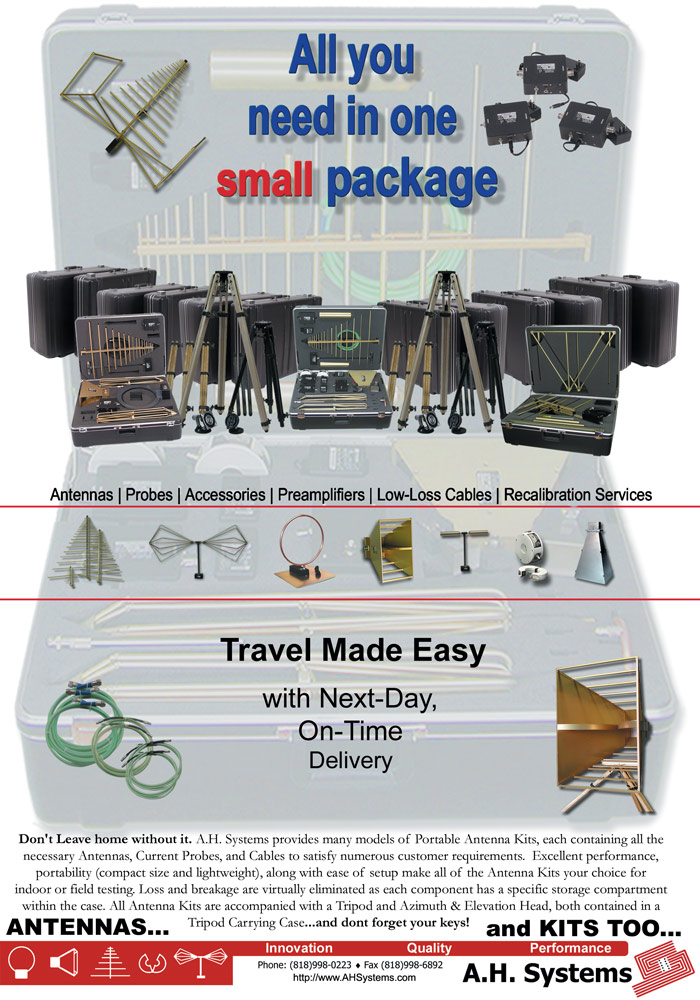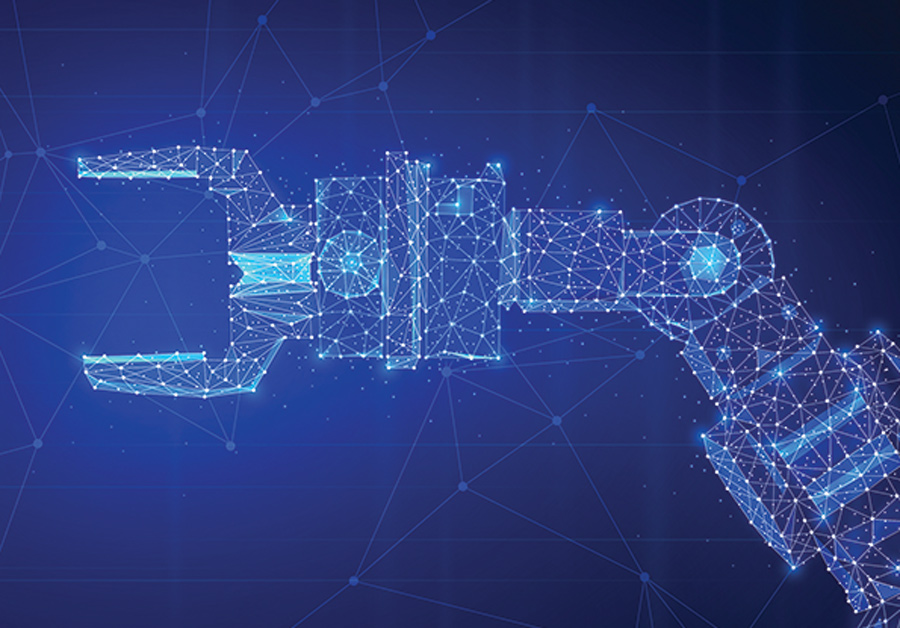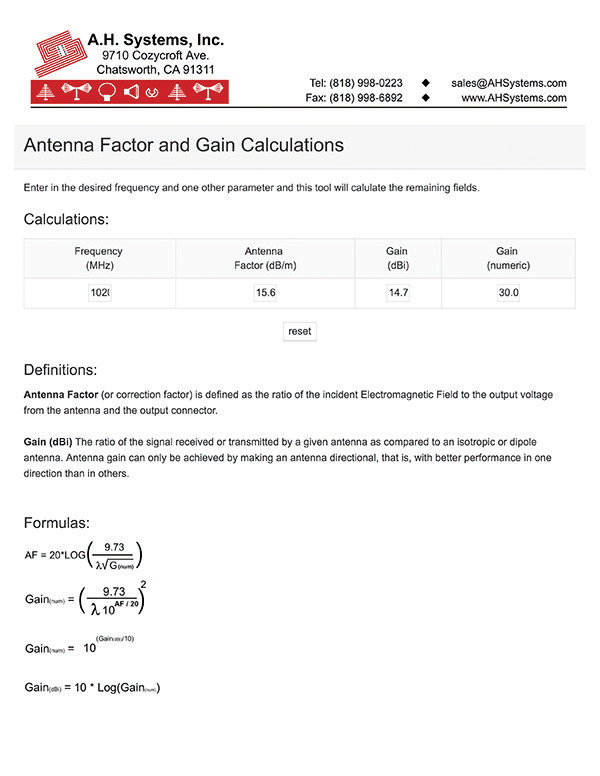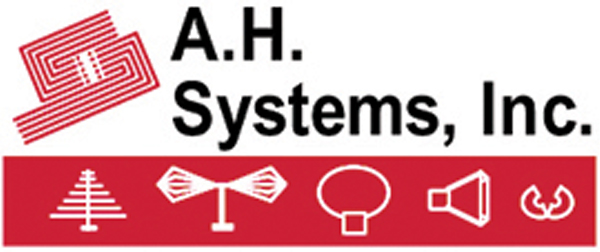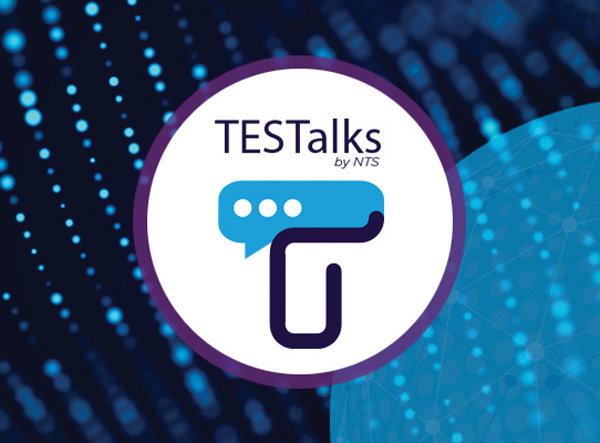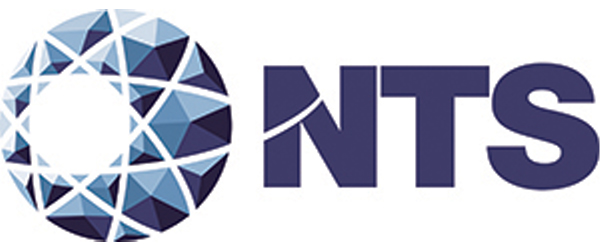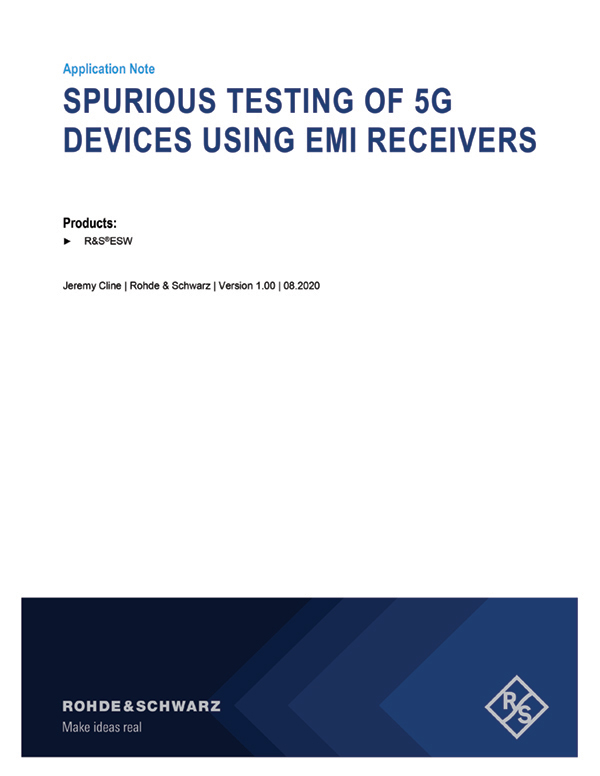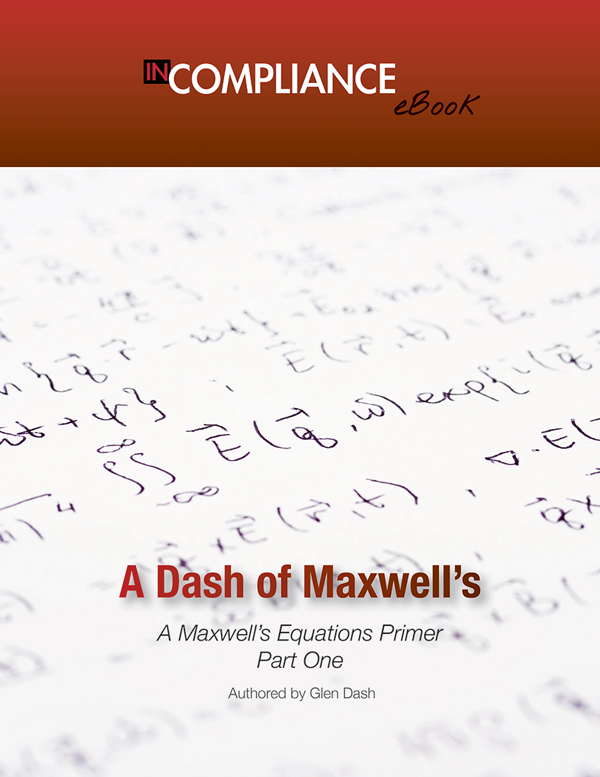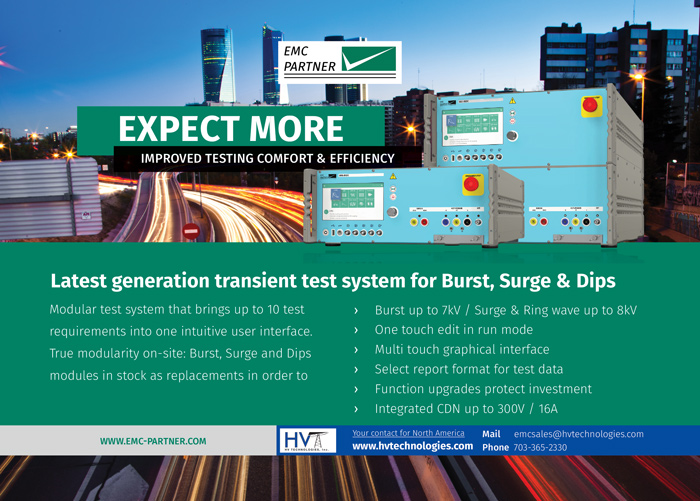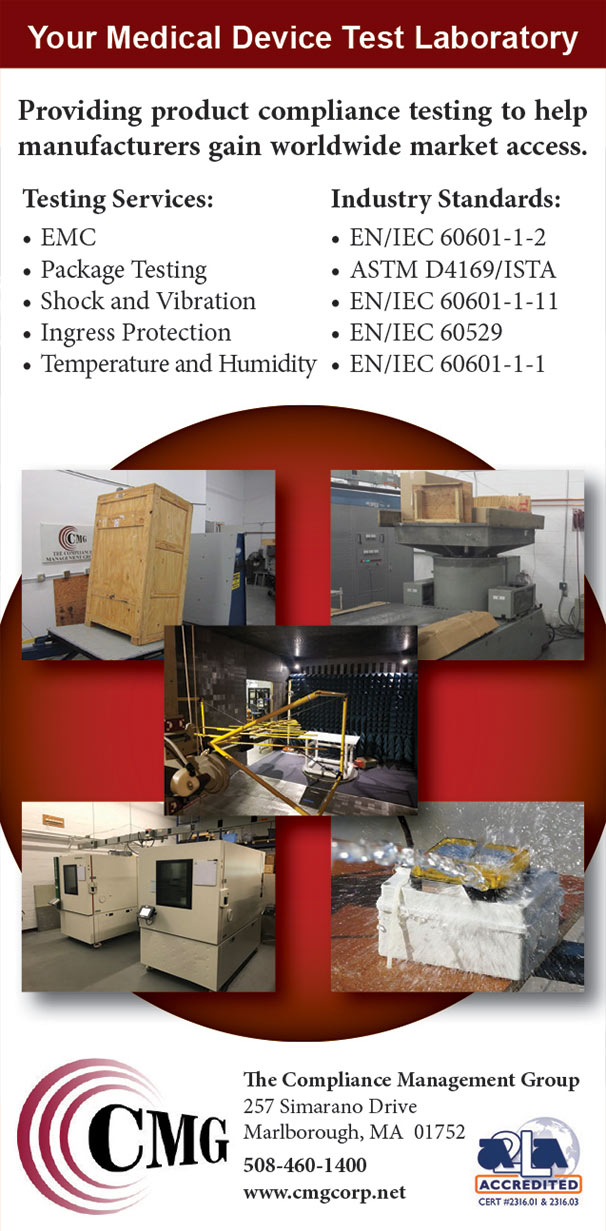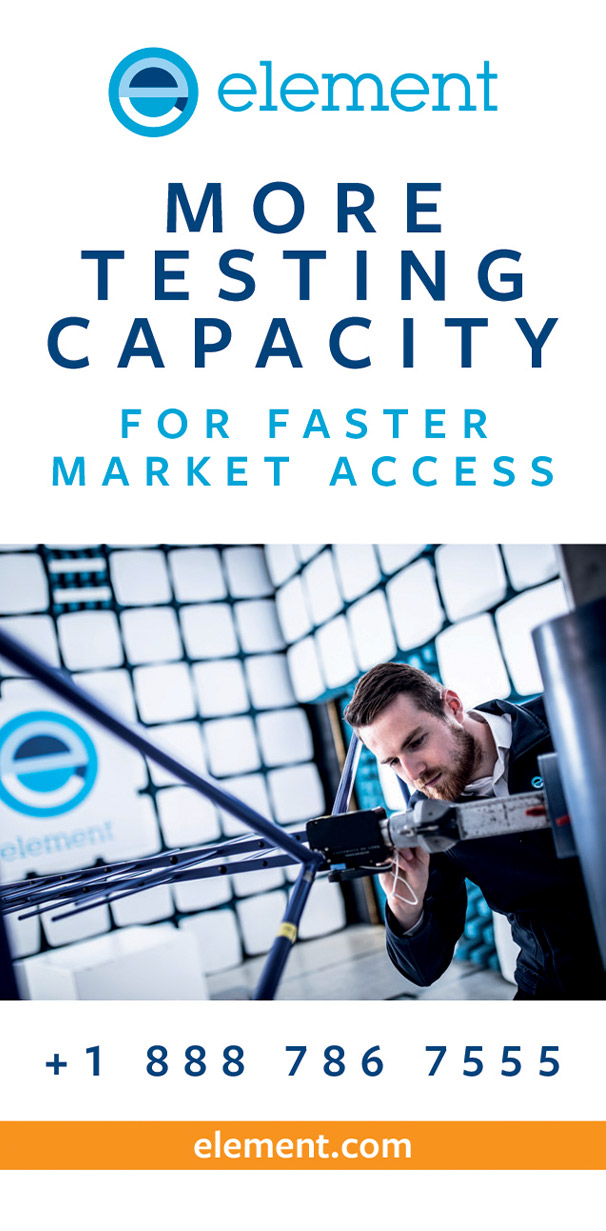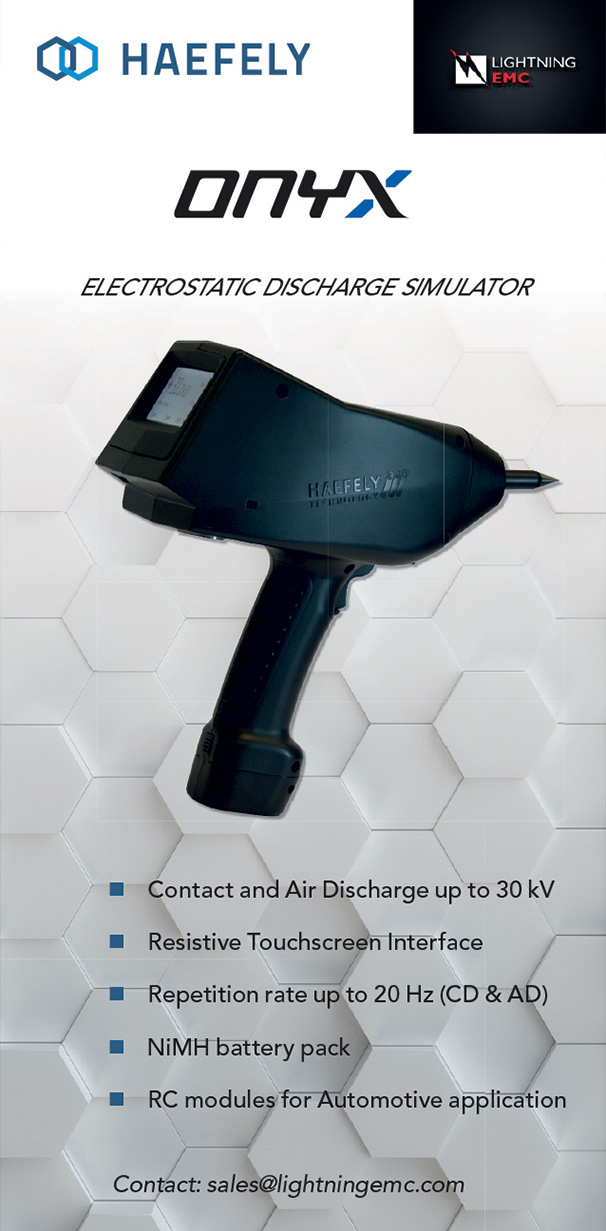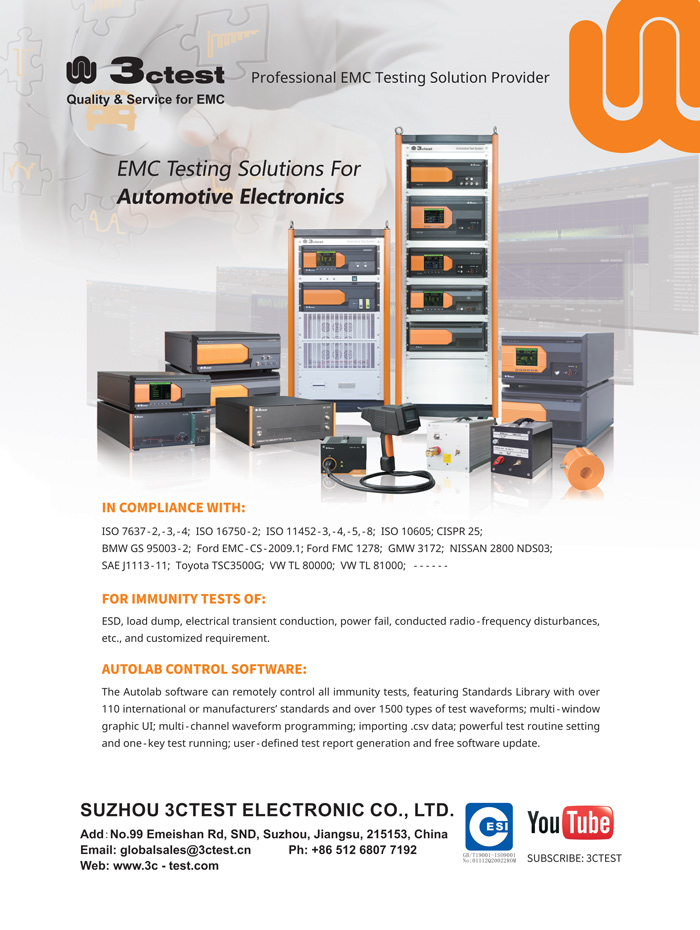
Professional Education in 2021
Professional Education in
Standards Play a Key Role in Enabling Innovation
Robots and Robotics: Assessing Hazards and Testing to Global Standards
Standards Play a Key Role in Enabling Innovation
Robots and Robotics: Assessing Hazards and Testing to Global Standards


ISSN 1948-8254 (print)
ISSN 1948-8262 (online)
is published by
Same Page Publishing Inc.
451 King Street, #458
Littleton, MA 01460
tel: (978) 486-4684
fax: (978) 486-4691
©Copyright 2021 Same Page Publishing, Inc. all rights reserved
Contents may not be reproduced in any form without the prior consent of the publisher.
While every attempt is made to provide accurate information, neither the publisher nor the authors accept any liability for errors or omissions.
publisher
bruce@brucearch.com
keith.armstrong@
cherryclough.com
Leo@EisnerSafety.com
dgerke@emiguru.com
ken.javor@emcompliance.com
kenrossesq@gmail.com
wernerschaefer@comcast.net
Subscriptions outside North America are $129 for 12 issues. The digital edition is free.
Please contact our circulation department at circulation@incompliancemag.com
FCC Amateur Application Fees
The ARRL’s waiver request was filed in response to the Notice of Proposed Rulemaking issued last month by the FCC, in which the agency proposed a fee of $50 for amateur radio applications to help recover the cost of processing those applications…
EMC of Medical Devices


he year past has brought unprecedented challenges to all of us. But often, times of overwhelming uncertainty also provide incredible opportunities to view the world through a different lens and bring innovative solutions to seemingly insurmountable problems.
This is certainly the case when we look at the landscape for professional development activities that emerged in 2020. While many scheduled in‑person trainings and workshops were postponed or canceled altogether, training providers also embraced the potential of platforms like Microsoft Teams and Zoom and quickly revamped their offerings for virtual presentation. And, without having to incur travel expenses or spend time commuting to in‑person training locations, participation in virtual learning offerings, including seminars, workshops, and symposia, has surpassed almost everyone’s expectations.
Virtual offerings have their limitations and don’t provide us with the same kind of engagement with presenters, instructors, and other participants as in‑person events do. But the 2020 experiments with virtual learning have led to a dramatic broadening of professional development opportunities for industry professionals regardless of their location. And 2021 will no doubt see the widespread adoption of a variety of options for learners everywhere.

ver the last 10-15 years, supply chain management has increasingly entailed addressing environmental, social, and governance (ESG) issues alongside the likes of quality, cost, service, and delivery. This has been experienced in the electronics industry, but equally the likes of the textiles and apparel, jewelry, automotive, and aerospace and defense sectors. Corporate practices have changed in light of campaigning by political activists and non-governmental organizations, as has legislation and/or government-backed voluntary initiatives.
For those involved in the manufacture, distribution, and sale of electrical and electronic equipment, understanding “conflict minerals” – metals and minerals derived under duress and traded to keep armed groups funded – is likely best cast in terms of the wider identification, assessment, and management of ESG risks in supply chains (other risks might include, for example, child and forced labor, corruption and bribery, environmental pollution, etc.). While existing legislation may not apply to your business today, it might tomorrow.
nnovative new technologies typically come from individual companies rather than from standards bodies. Even so, standards play a critical role in making those brand-new technologies something that enterprises and other end-users feel comfortable buying. Put simply, standards enable new technologies to go mainstream and allow customers to choose best solutions from multiple vendors.
Vendors often start selling a new technology years before relevant standards are published. They know that consumers and businesses want the latest and greatest technologies, so they frequently ship pre-standard versions to meet that demand. If they don’t, they could be at a competitive disadvantage.
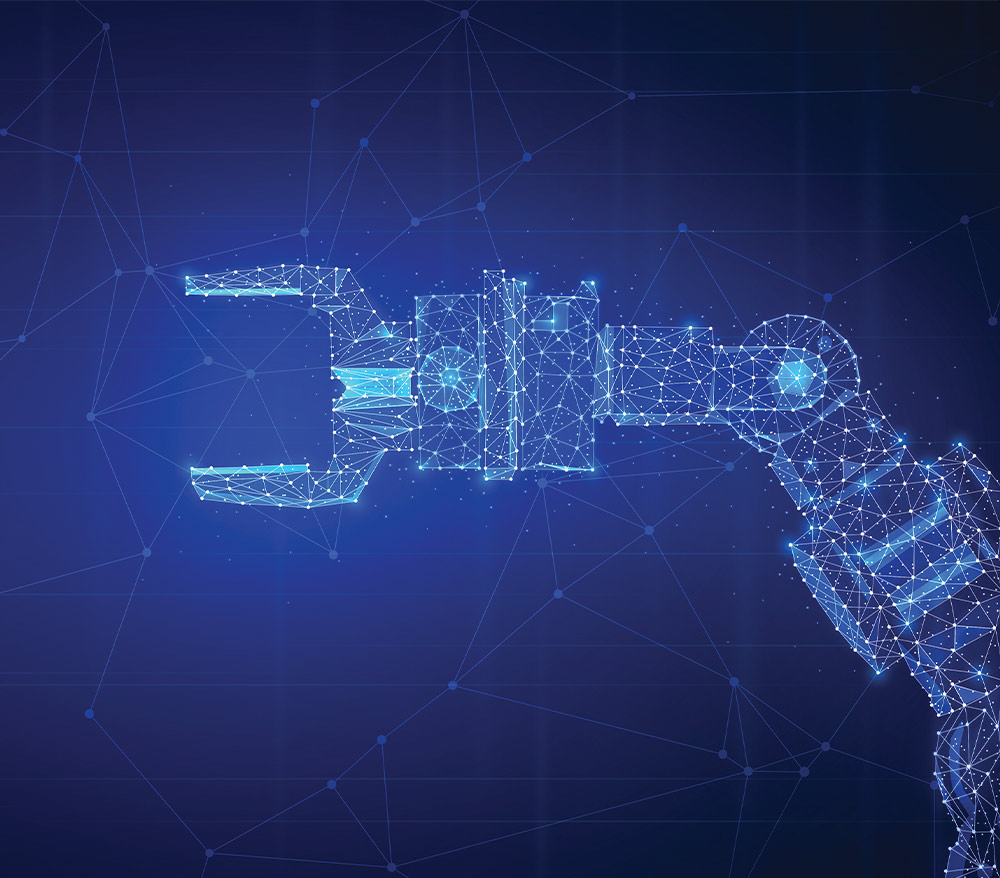
obotics is a rapidly growing field with applications in multiple industries and taking many shapes and forms in today’s world. Examples include collaborative robots (cobots), industrial mobile robots (IMRs), automatic guided vehicles (AGVs), automated mobile platforms (AMPs), smart mining, autonomous mobile storage for the retail industry, medical robots, and robotic personal assistants.
As these devices become more prevalent, it is important to understand the hazards and testing options for these innovative devices, as well as the various global standards and requirements with which manufacturers and developers will need to comply.
There are several hazards that need to be assessed and addressed for robots and robotic devices. The main hazards to consider for robotics are:


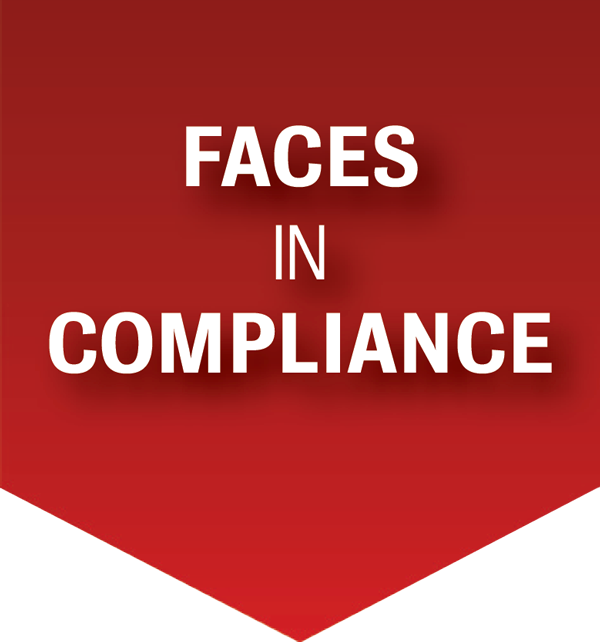
r. Bogdan Adamczyk is professor and director of the Grand Valley State University (GVSU) Electromagnetic Compatibility Center where he regularly teaches college-level EMC courses and EMC certificate courses for industry. He is an iNARTE certified EMC Master Design Engineer. He was a founding member and chair (2011-2020) of the IEEE EMC Chapter of West Michigan.
In 2012 he established the GVSU EMC Center and became its director. The EMC Center is a unique facility where GVSU collaborates with EMC practitioners from the community. This collaboration provides GVSU students with the opportunity to co-op and gain hands-on experience in the field of regulatory testing for EMC pre-compliance. The Center supports the local industrial community with design/re-design assistance and pre-compliance testing for products during the development cycle.
The joint EMC research between GVSU and its industrial partner, E3 Compliance LLC, has provided rich educational material that has been widely disseminated and incorporated in the EMC courses for both the GVSU students and industry.
Prof. Adamczyk authored or co-authored over 60 papers on EMC education, measurement, and testing. He is the author of the textbook “Foundations of Electromagnetic Compatibility with Practical Applications” (Wiley, 2017) and the upcoming textbook “Principles of Electromagnetic Compatibility with Laboratory Exercises” (Wiley 2022).
227 Winter Ave. NW, 136 IDC,
Grand Rapids, MI 49504
(616) 331-7286
https://www.gvsu.edu/emccenter

an Hoolihan is the Founder and President of Hoolihan EMC Consulting; a 20-year old EMC-Engineering consulting firm. He specializes in EMC Laboratory Accreditation; EMC Standards Development, and EMC Education.
He has been assessing EMC Laboratories to International Standards for over 30 years. His major emphasis has been on laboratories involved in the United States Department of Commerce’s National Institute of Standards and Technology (NIST) National Voluntary Laboratory Accreditation Program (NVLAP) relative to ISO/IEC 17025:2017 – General Requirements for the Competence of Testing and Calibration Laboratories.
Presently, he is Chairman of the ANSI-associated C63-Committee, which develops EMC standards for ANSI and IEEE. Some of the approximately twenty C63-standards are “adopted by reference” by United States Government Agencies to be used by manufacturers to show compliance to regulatory requirements.
With over fifty (50) years of experience, Hoolihan teaches courses in EMC Engineering in conjunction with ETS-Lindgren, the IEEE-EMC Society, and the C63-Committee.
Hoolihan is Past-President of the IEEE-EMC Society (1998-1999) and is presently Chairing the History Committee of the EMC Society.
32515 Nottingham Court
PO Box 367
Lindstrom, MN 55045
(651) 269-3569

aymond EMC is a Canadian company dedicated to providing quality state-of-the-art EMC Chamber solutions. Acquired by President Bruce Alexander in 2012, their core values of excellence, adaptability, integrity, and fun are truly a reflection of their team.
Jason Harrison, Head of Engineering, says: “Every project has its unique challenges and obstacles as each project is tailored towards the unique requirements of our customers. I am constantly learning new things about not just our industry, but those of our clients.”
José Burgos, Shop Technician, added “After hearing about the company’s mission, vision, and goals for the future, it made me want to be a part of it. In the short time I’ve been working here, we’ve grown so much, and it’s only the beginning.”
“Being in a supportive and collaborative environment with everyone moving towards the same goal of excellence is something that I appreciate daily.” says Eric Wanamaker, Head Project Manager.
“Our supportive and welcoming work environment has made my time here equally as enjoyable as educational. It is this attitude and dedication that makes REMC standout not only as a leader in product quality, but in customer satisfaction.” adds Malika Goodman, Engineering Student.
Overall what makes Raymond EMC successful is their people, and one needs simply to read the above to believe it.
5185 Dolman Ridge Road, Ottawa, Ontario Canada K1C 7G4
(800) 362-1485 | http://www.raymondemc.ca

eorge M. Kunkel, EMI shielding expert, inventor, and author, has been an EMC design engineer for over 50 years of his life. George is the inventor of Spira’s unique, patented spiral EMI gasket. Known as the gold standard in the industry for over 40 years, the entire family of EMI products–including EMI/RFI shielding gaskets, shielded honeycomb filters, and other products–are expertly crafted and designed to last the life of a system.
With B.S. and M.S. degrees in engineering from UCLA, George served as Chairman of the Technical Committee on Interference control for 18 years, and Chairman of a Shielding Theory and Practice working group of the EMC Society of the IEEE for 6 years. He also taught courses on EMC System Design at UCLA extension.
Last year, George’s groundbreaking new book on EMI Shielding was published: Shielding of Electromagnetic Waves–Theory and Practice. This book is the culmination of practical and theoretical research over the course of his career. It provides a new, more accurate and efficient way for design engineers to understand electromagnetic theory and practice as it relates to the shielding of electronical and electronic equipment.
650 Jessie Street, San Fernando, CA 91340
(888) 98-SPIRA | http://www.spira-emi.com




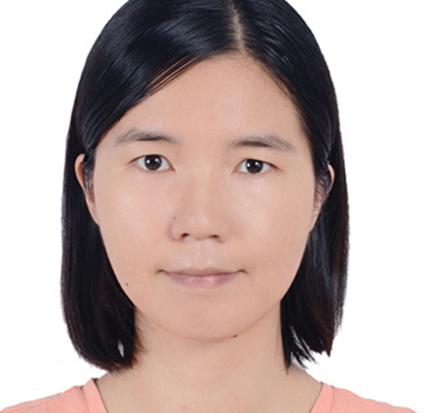


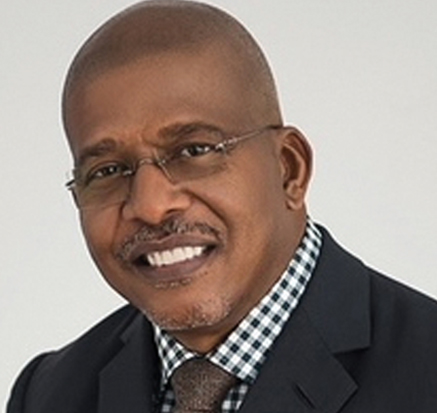
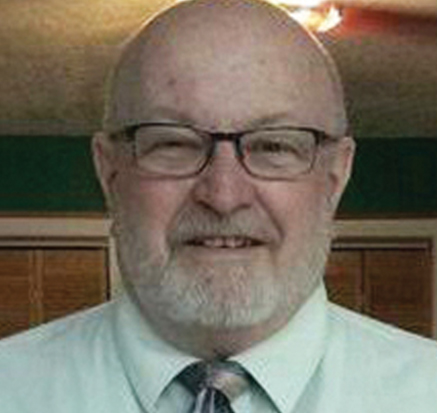
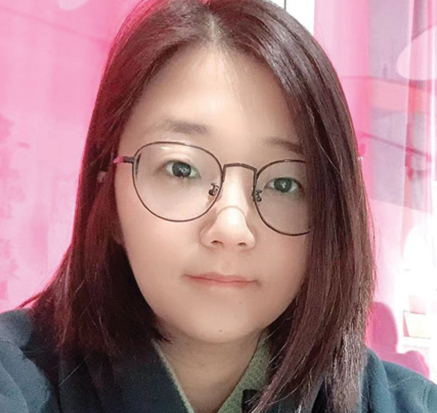
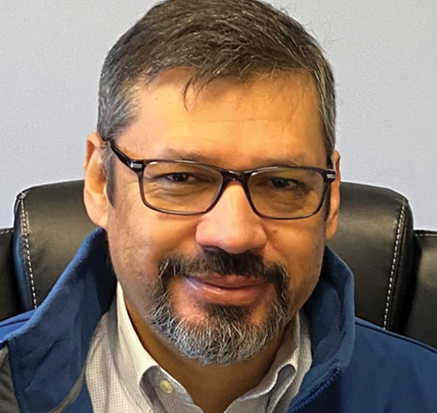
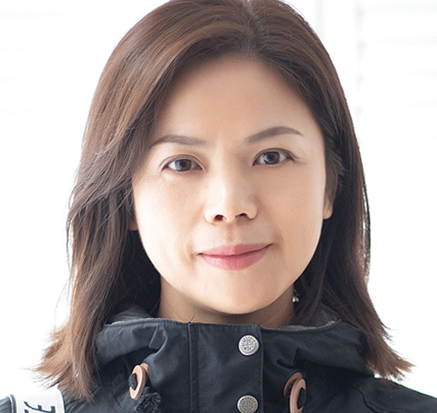
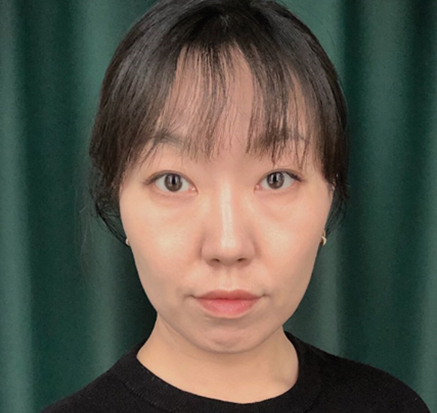


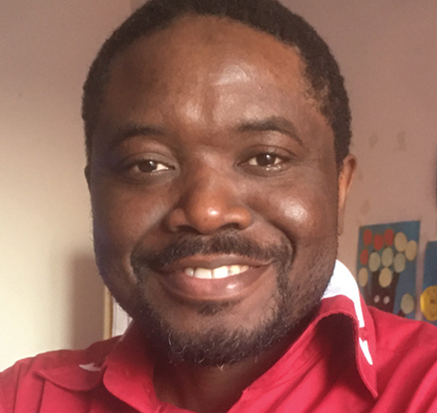
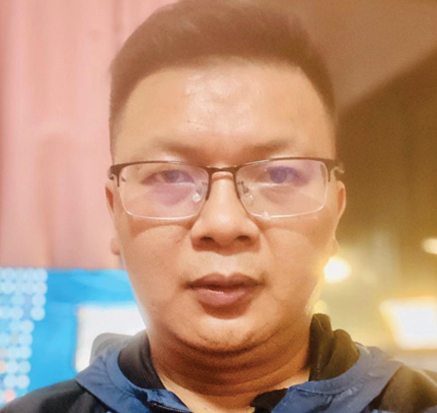

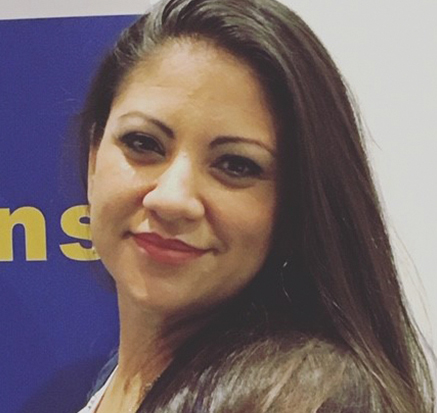

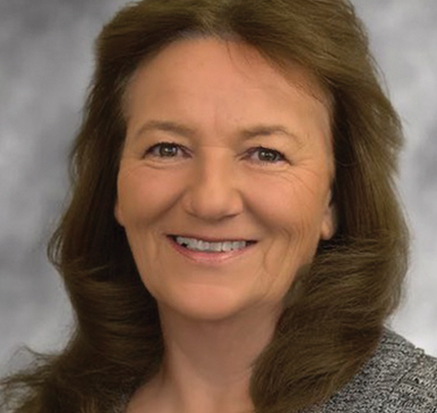
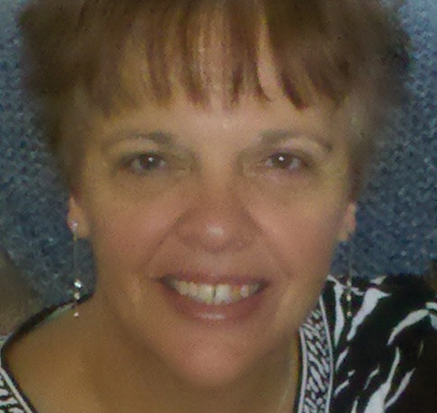
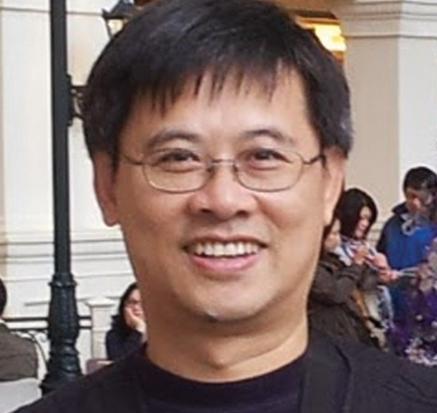

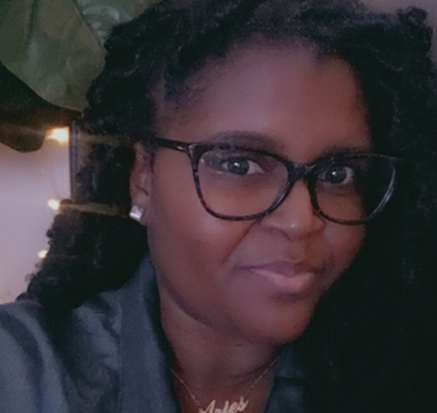
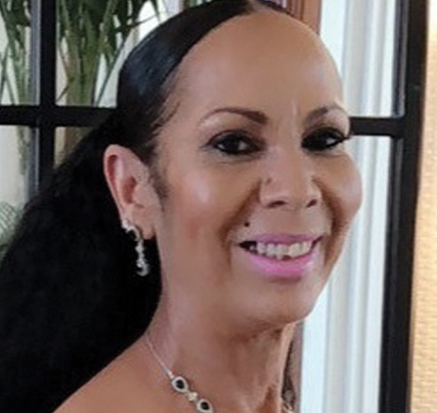

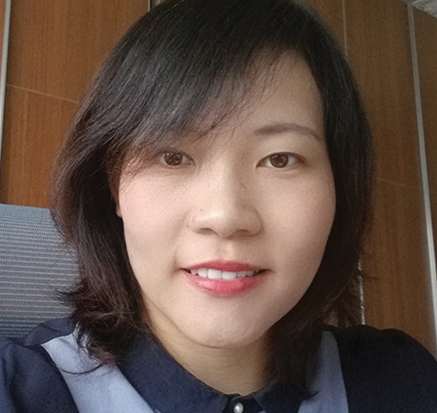




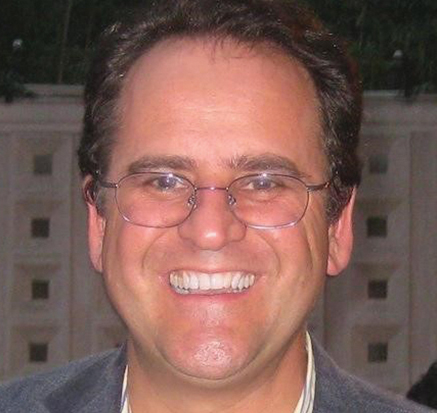



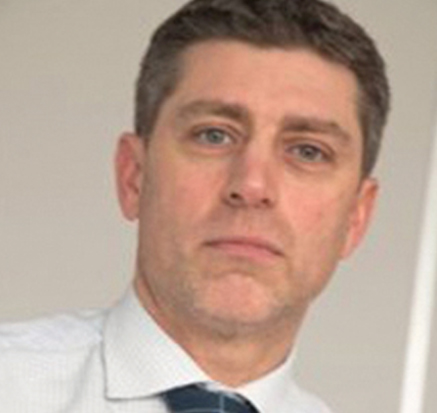
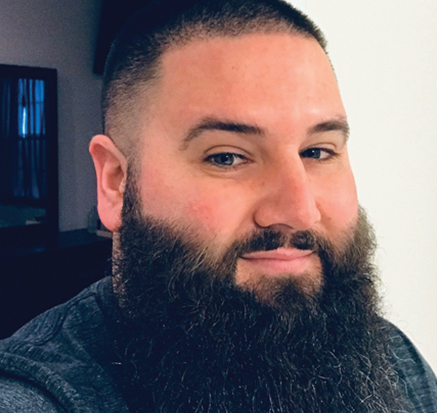
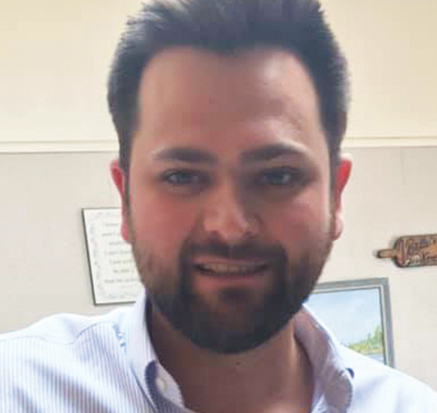
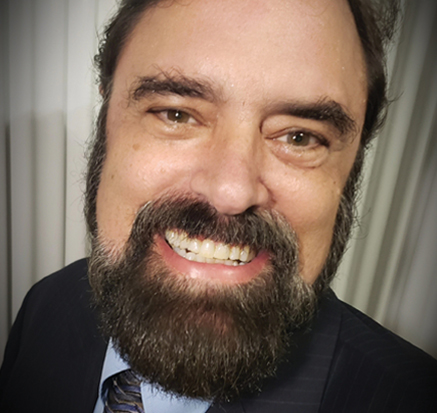

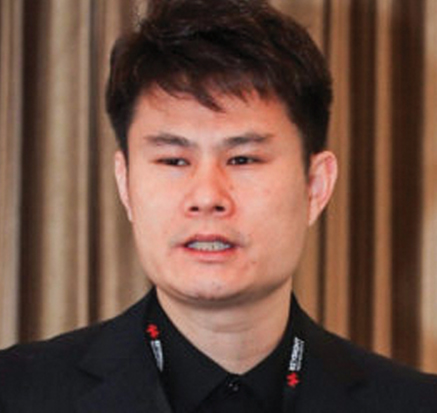
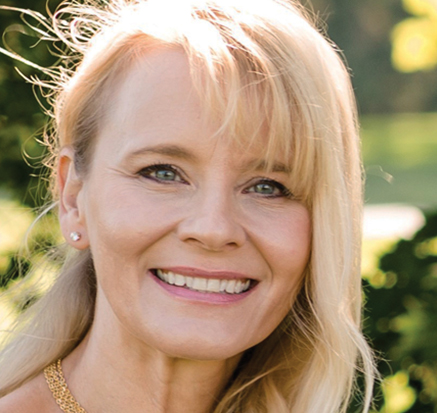
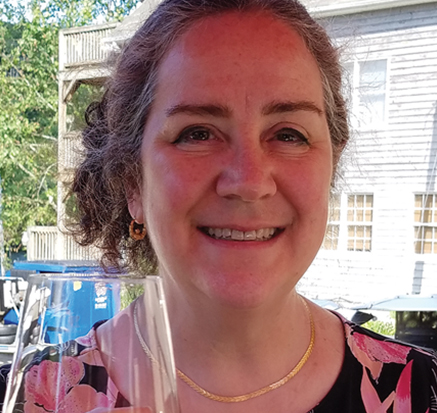

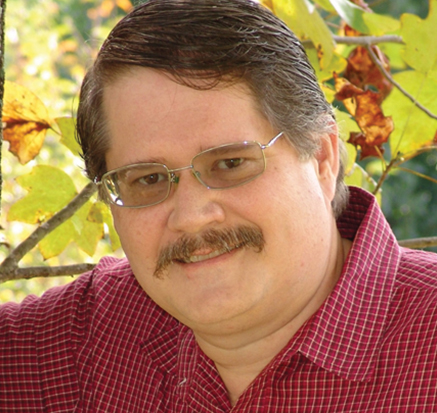



Washington Laboratories
ur Global Team Of Experts hails from every part of the Earth, providing best-in-class services to meet the challenges of launching products into the marketplace. Our unique proposition is our industry experience to meet time-to-market needs in a rapidly-evolving environment.
From wired to wireless, consumer to commercial, energy to environmental, we work across industries that connect our world, making it a better place, and maintaining the rhythm of our linked societies. Diverse in that we are dancers, artists, engineers, chefs, farmers, mothers, fathers, sisters, brothers, aunts, uncles, brewers, carpenters, mechanics, hunters, fishers, preachers, electricians, beauticians, runners, makers of things, and makers of music. We share a bond that reaches across oceans and airspace that connects our customers and our community—and we are grateful for that.
We strive to provide the highest class of support to meet your compliance needs. But, more than that, we’re a network of families, caring for our loved ones and children—mending skinned knees, checking homework and educating the next generation—nurturing hopes and aspirations for a better planet.
Connect with us and we’ll connect you to the World.
Locations in the United States, Asia, and Europe
https://acbcert.com | https://wll.com
his article discusses the reflections on a transmission line terminated with either an RL or an RC load. The detailed analytical derivations are verified through the HyperLynx simulations and laboratory measurements.
Note that the load resistor value is equal to the characteristic impedance of the transmission line; it is also assumed that the initial current through the inductor is zero, iL(0_) = 0.
Two-Pin HBM Testing: a New Option?
uman Body Model (HBM) is the original ESD test method for semiconductor devices and is still the most widely used ESD test [1]. This article will discuss the old, but now new two-pin HBM tester. Not only are the new two-pin testers not subject to one of the drawbacks of today’s high pin count testers, they provide additional testing convenience and diagnostic options not available in traditional HBM testers.

Typically, regular voltage quality spot checks are made throughout a local distribution system with additional measurements taken when a customer asks; is there a voltage problem? Indeed, this was the initial question…
What is electromagnetic noise and why is it proclaimed dangerous and unwanted? This extract from Ministry of Commerce’s Field Offices newsletter is a graphic example of EM noise and interference (EMI) it may cause…
In its formative years, a major US PC manufacturer felt that FCC certification was not a barrier to marketing. Standard operating procedure was to sell while the authorisation process was in process. Then the FCC arrived to shut down the factory. The VP of Engineering met with the FCC in Washington…
The US Military first encountered Radio Frequency Interference (RFI) some time prior to World War I when a radio was first installed on a vehicle…
View Index


